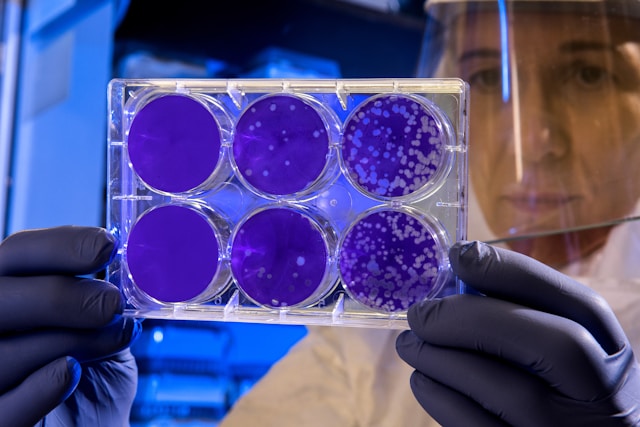Researchers in Japan have made a groundbreaking discovery in cellular science, potentially revolutionizing the comprehension of body aging and regeneration. Contrary to the conventional notion that damaged cells either recover or perish, scientists have identified a previously unknown fate for such cells. This breakthrough could have profound implications for our understanding of aging, disease, and the body’s healing mechanisms.
Cellular senescence impacts body processes
The cell membrane, an ultra-thin barrier about five nanometers thick, functions as a selective gatekeeper, permitting specific substances to enter or exit while blocking others. Despite its protective role, it can be damaged by routine activities like muscle contractions or injuries.
Scientists from the Okinawa Institute of Science and Technology (OIST) Graduate University reveal that while cells possess repair mechanisms for minor damage, not all damage can be easily repaired, potentially leading to various outcomes beyond simple recovery or cell death. Interestingly there is a third outcome called cellular senescence, wherein cells stop dividing but remain active, impacting body processes positively and negatively.
Professor Keiko Kono, senior author and Membranology unit head, initially aimed to study cell membrane repair mechanisms but unexpectedly found that cell membrane damage alters cell fate.
There are 48 genes responsible for cell membrane repair
Baker’s yeast was used to discover 48 genes crucial for cell membrane repair. Strains lacking these genes were more vulnerable to membrane damage and had shorter lifespans. Overexpressing certain repair genes extended lifespan, highlighting the connection between membrane integrity and cellular aging.
Researchers examined the impact of plasma membrane damage on human cell aging using lung and skin fibroblasts in lab dishes. Various methods including detergents, toxins, and lasers were employed to perforate membranes, resulting in premature senescence, characterized by cell cycle withdrawal, aged appearance, elevated beta-galactosidase, and SASP factor secretion.
When cell membrane damage occurs, calcium influx triggers p53 activation, controlling cell growth. P53 induces p21, halting cell division. Scientists countered premature aging with a calcium-binding compound, preventing p53 activation. Notably, unlike DNA damage, membrane damage bypasses traditional p53 pathways, unveiling a new regulatory mechanism.


